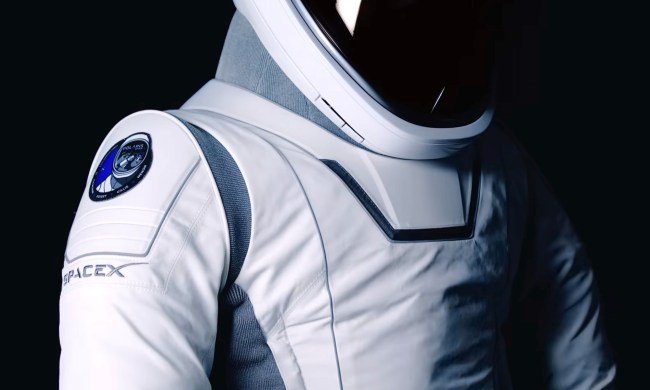It’s an idea that will send a shiver down the spines not only of astronomers who need clear skies to do their work, but also of regular folks who sometimes like to gaze dreamily toward the heavens to immerse themselves in the beauty of the universe.
We’re talking about space ads. Space ads created by constellations of small satellites.

Having already agreed that the technology now exists for such a venture, researchers at Moscow’s Skolkovo Institute of Science and Technology (Skoltech) and the Moscow Institute of Physics and Technology recently conducted a study to determine the economic feasibility of a space ad mission involving a constellation of sun-reflecting satellites that can take up different positions to create images or words in the skies above cities.
To work out if the idea is a realistic possibility or a desperate waste of money, the researchers took into account satellite fuel consumption, target city population, and local ad costs, among other factors, and came up with a cost of $65 million for an entire mission lasting several months.
Additional research found that daily ad revenue from space ads could reach around $2 million, suggesting the operator could recover its costs within the space of a month if they display the ads on a daily basis, whether over the same city or by moving between different ones.
“We’ve been studying some of the more technical aspects of space advertising for a while now,” the study’s first author Shamil Biktimirov, a research intern at Skoltech’s Engineering Center, said in a release. “This time we looked at the economic side of things and, as unrealistic as it may seem, we show that space advertising based on 50 or more small satellites flying in formation could be economically viable.”
The idea for satellite-powered space billboards has been around for a number of years but, in light of this latest research, they now seem a step closer.
This is certain to alarm astronomers, many of whom have long been complaining about how reflections from SpaceX’s growing constellation of Starlink internet satellites can obscure their view of the night sky.
The researchers address this issue in their paper, claiming the concerns are unwarranted as the satellites would only reflect light for their messages around sunrise or sunset — and not at night when stars appear to blaze brightest.
The idea is also certain to disappoint anyone who rather enjoys gazing skywards to marvel at star-filled skies, a hobby that would almost certainly lose the fun factor if every time you spot a star constellation, a McDonald’s ad for a Happy Meal suddenly drifts into view.


